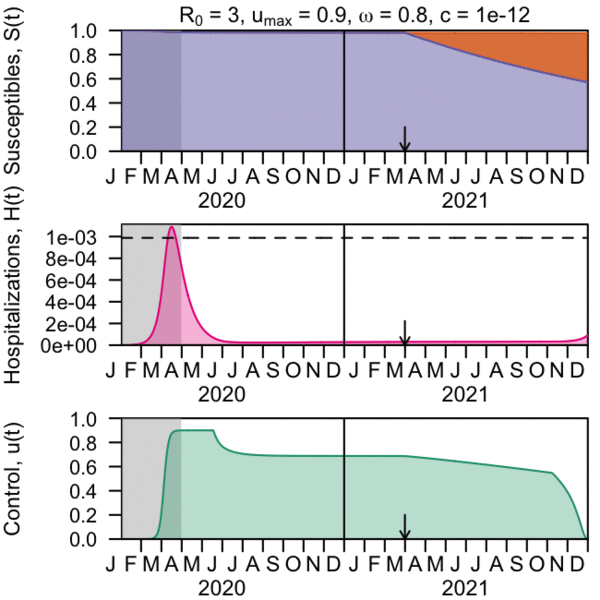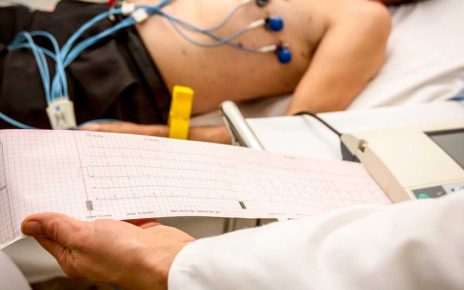
A new study by epidemiologists at the University of Notre Dame suggests social distancing measures at current levels in many states may need to be maintained until the summer to avoid a potentially deadly resurgence of the coronavirus.
Results were particularly concerning when the model was used to evaluate the consequences of relaxing control measures in May, which researchers say puts the nation at a critical juncture in its response to the pandemic.
“Our results indicate that control measures that are in place right now may need to be maintained at a fairly high level until the summer if we want to lower transmission,” said Alex Perkins, Eck Family Assistant Professor in the Department of Biological Sciences, an expert in infectious disease epidemiology and population biology and the lead of the study. “At that point, we may be able to dial back those protective measures somewhat, but we will not be able to relax them completely until we have a vaccine.”
Those protective measures, Perkins added, need to include increased testing, contact tracing, and case isolation, in addition to social distancing.
Studies have shown that social distancing measures, including stay at home orders, are the most effective strategy currently available to reduce transmission of the highly infectious virus. But those measures have been significantly disruptive to the economy, leaving state officials, business leaders and decision-makers wondering how long to keep such measures in effect, and at what pace to relax them.
The goal of the study was to determine how to strike a balance between two key objectives: minimizing deaths from the virus and relaxing social distancing measures over time. Perkins’ model uses a technique called optimal control theory, which identifies how control measures should be applied over time to achieve a certain objective. The technique is widely used in scientific and engineering research to understand how to control the behavior of a system over time. In this work, Perkins used it to understand how relaxing social distancing measures at different points in time would affect the progress of the pandemic in the United States until a vaccine is available.
Source: Read Full Article



